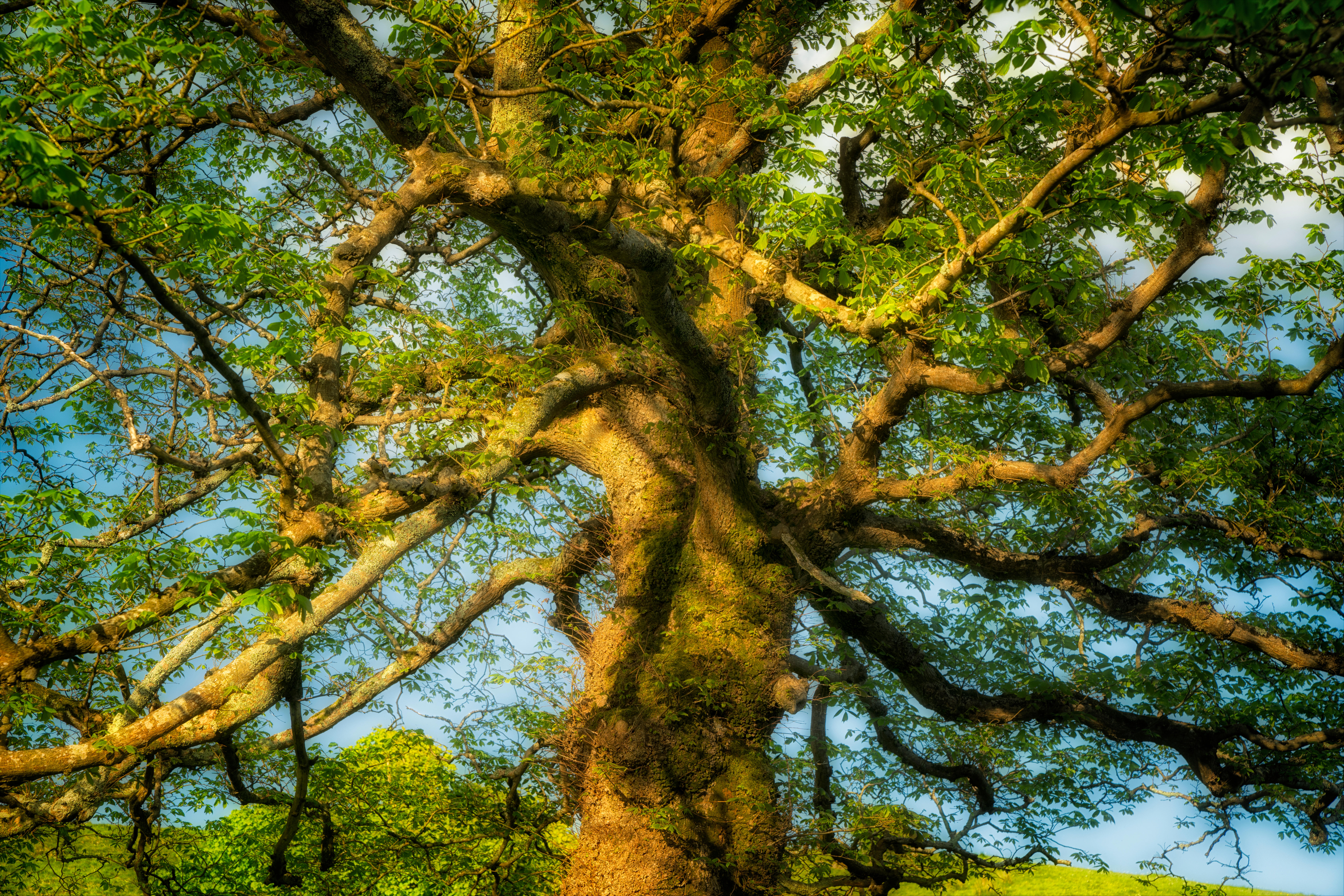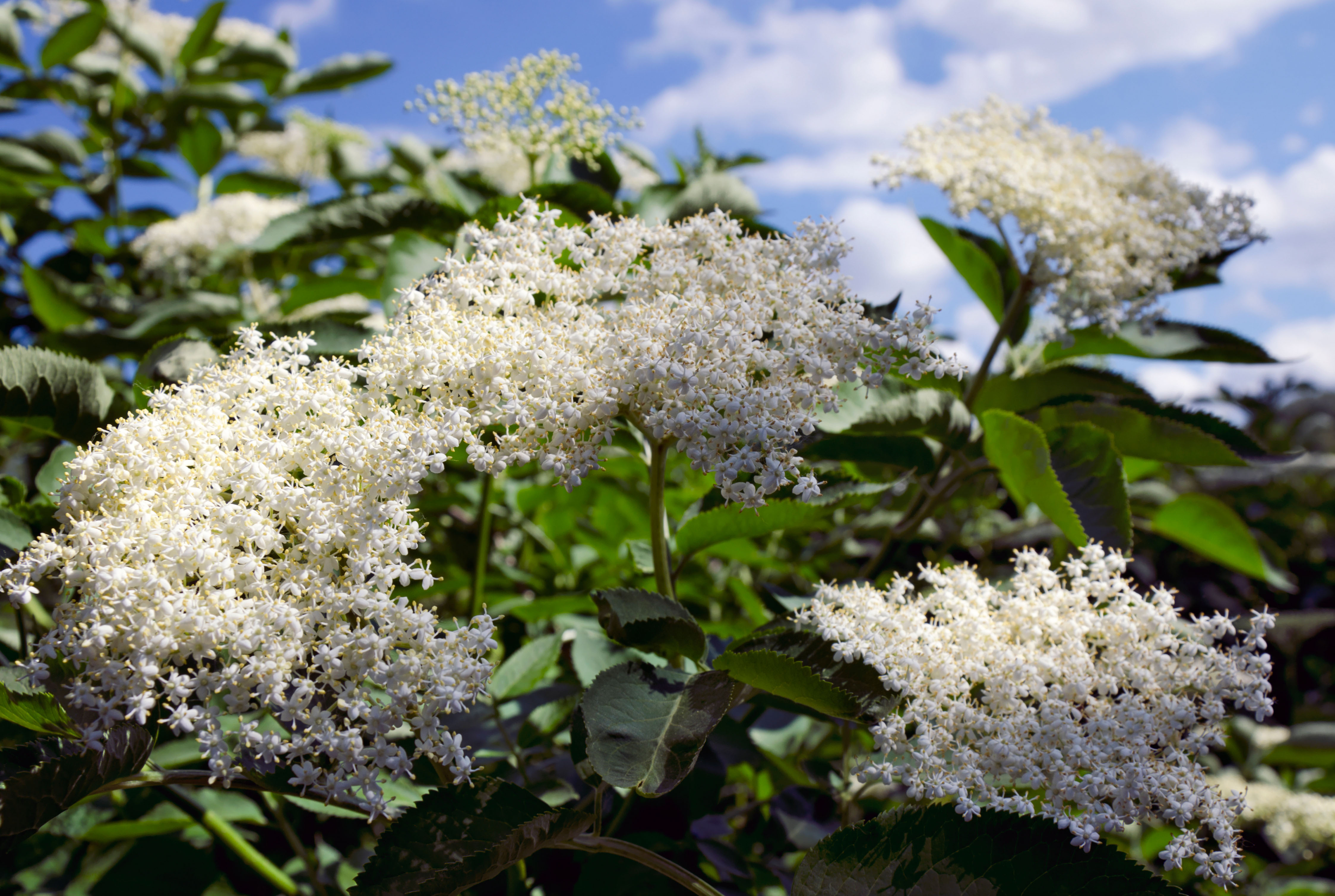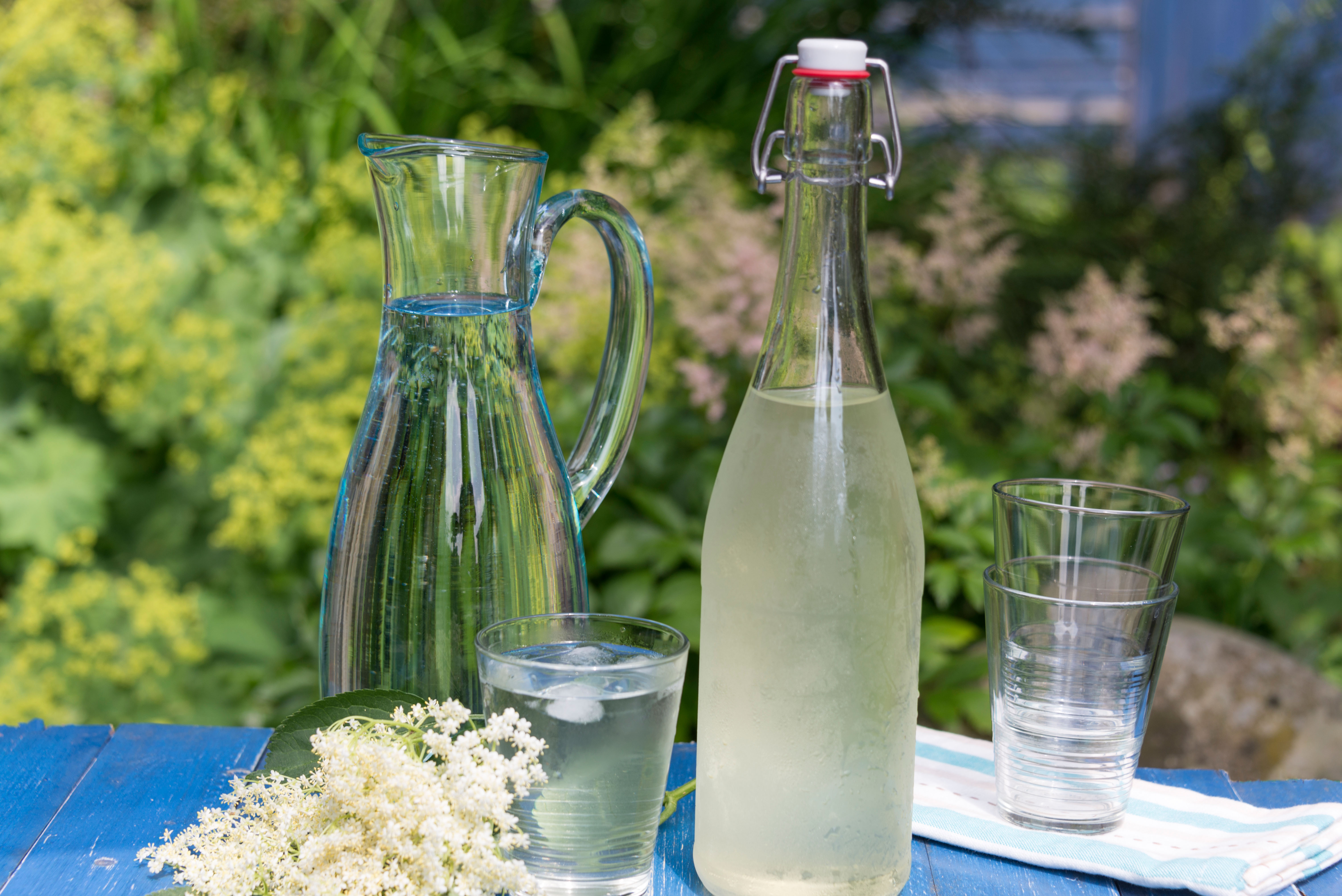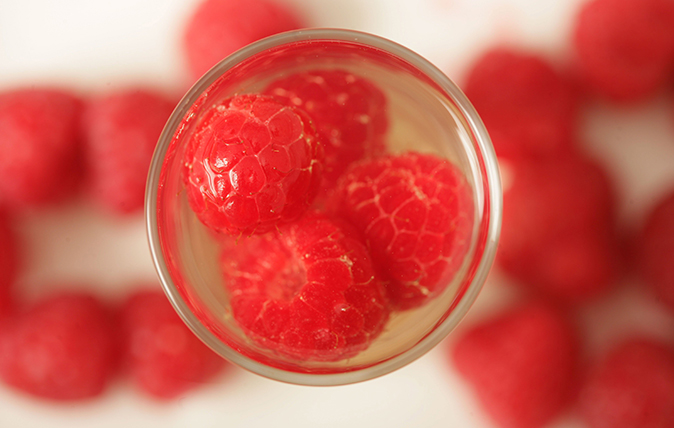The history of the elder tree: From deities and dryads to Shakespeare and J.K. Rowling
Does our love of a tall glass of elderflower cordial speak of an ancient connection with the tree itself, wonders Ian Morton.


Lady Astor passed the Cliveden kitchen recipe for elderflower cordial to Lady Mary Manners of Belvoir, whose husband, Lord John – brother of the 10th Duke of Rutland – sensed its potential. Flowerheads were gathered from around his farmland and a commercial brew was launched in 1984, when 1,000 bottles were sold. In the first quarter of this year, some 2.75 million bottles were distributed to this country and abroad.
The flowerheads are harvested from hedgerows and woodland by local people, to whom the Manners’ son, Peverel, pays £2.60 a kilo. It’s a rural success story to be viewed with some irony by sundry thousands of English countrywomen who have long been making elderflower cordial, as well as still and sparkling wine to family recipes.
Perhaps its unique and pleasurable tang recalls a connection with something from the rural world that has quite slipped out of our awareness, for the elder was a powerful presence among our forebears.
Nature was alive with spirits and the most potent resided in trees.
In lofty forest halls and woodland clearings, important rituals were enacted. The oak, ash, elm, sycamore, rowan, hazel, holly, yew and thorn all secured sacred places in the arboreal canon, yet, despite its modest stature and untidy appearance, the elder commanded particular respect.

It offered no noble trunk to invite a circle of adoring worshippers, no great canopy to raise the eye heavenward. The elder’s wood built no homes or ships, yet it exerted a mystical influence even before recorded history, with funeral flints from 2,000bc shaped like elder leaves.
The tree was sacred across Northern Europe and the Druids regarded it as a gift from the Earth Mother who lived within it. All parts – flowers gathered when the corymbs were at their lemony-white best, berries both green and black, bark, wood and root – were considered a blessing. Elder wine was used to achieve clairvoyance and hallucination.
Exquisite houses, the beauty of Nature, and how to get the most from your life, straight to your inbox.
For the deities and dryads of other trees, the Earth Mother provided a channel to the Earth Goddess herself and, before using elder in any ritual, it was advisable to ask permission by kneeling, bare-headed with arms folded, and reciting: ‘Lady Ellhorn, give me thy wood, and I will give thee some of mine when it grows in the forest.’
The plant’s ability to sprout from damaged boughs and to grow root from cuttings (it was much used in the creation of hedges) symbolised regeneration. In the Celtic tree calendar, the 13th month was the Elder Moon, from November 25 to December 21, signifying both an end and a beginning.
A person who was born under its influence would be blessed with a fertile imagination, could create something beautiful out of anything, would always feel wealthy, even if they owned little, and would be happiest when caring for others.

The worship of trees and their deities was banned in the Holy Roman Empire by Charlemagne in the 9th century and again by the Church at the Council of Trier in 1227, however, belief in arboreal powers persisted throughout the centuries and isn’t uncommon even today.
In the medieval period, elders were planted close to homes to ward off the Devil and witches. Twigs were carried to afford protection, especially those gathered just before midsummer. Dried elder leaves were hung around the neck of man and his animals and tossed into graves to protect the souls of the deceased, as crosses of elder were placed on grave mounds.
Boughs were placed in house, stable and byre doorways to exclude bad influences – and also acted as a fly repellent.
Elder leaves were scattered over a person or object to invoke a blessing and then tossed north, south, east and west to dismiss ill fortune. Elder wood was not burned – ‘Elder is the lady’s tree, burn it not or cursed ye be’ – nor was it used to make furniture and especially not a child’s cradle, as it was believed to have a sinister side.
Some believed that witches gathered under its leaves and could even turn themselves into elders. In the 14th century, in his Vision of Piers Plowman, William Langland gave credence to an early-Christian tradition that Judas Iscariot hanged himself from an elder: ‘Judas he japed with Jewen silver and siten an eller hanged hymselve.’
Shakespeare went further, suggesting in Love’s Labours Lost that Christ’s cross was made from elder and, in Cymbeline, he equated ‘the stinking elder’ with grief.
Folk names used in the medieval era reflected how old beliefs and the variety of attitudes hung on: battree, boure tree, hylder, old gal, pipe tree, rob elder, sweet elder and tree of doom. However, its genus classification, Sambucus, has a gentle and musical basis deriving from a Greco-Roman instrument, the sambuca or sackbut, which was fashioned from elder. The hollow stem, with the soft pith removed, was also used to make whistles and flutes.

Its English name is more prosaic, rooted in the Anglo-Saxon aeld, which meant fire, or alternatively eldrun, meaning furnace, because the stem was used to blow into the centre of a fire to generate heat.
Whereas the common elder, Sambucus nigra, might grow to 50ft and provide for most human needs, the dwarf Sambucus ebulus, rising to about 6ft, was deemed to offer special medicinal properties. Also known as waleworth, blood hilder, danewort and danesblood (reflecting a belief that it grew only on the sites of battles with Vikings), it was used as a curative by the Druids and maintained a valuable role in the 17th century.
In his Complete Herbal of 1653, the respected Nicholas Culpeper judged it more salutary than the larger variety. Shoots ‘boiled like asparagus and the young leaves and stalks boiled in fat broth doth mightily carry forth phlegm and choler,’ he declared.
Bark, berries and root could be used to even greater effect. Elder distillations in water were also good for sunburn, freckles, leg sores, bloodshot eyes, palsy of the hands, scalds and burns, gout, piles, women’s problems, difficulties in peeing and bites from adders and mad dogs. An elder preparation would cure headaches by ‘purging the tunicles of the brain’ and a ripe berry brew could be used as a hair dye.
Culpeper wasn’t alone. For the treatment of piles, the London College of Surgeons prescribed an ointment of green elderberries, camphor and lard and physician Sir Thomas Browne noted, in 1655, that ‘the common people keep as a good secret in curing wounds the leaves of the elder gathered on the last day of April’.
Shakespeare redeemed himself in The Merry Wives of Windsor by acknowledging the popular belief in the medicinal value of elder, with the line: ‘What says my Aesculapius, my Galen, my heart of Elder?’
Back in the land of magic, J. K. Rowling’s Harry Potter and the Deathly Hallows was originally to be called Harry Potter and the Elder Wand. In the right hands, that coveted wand was the sorcerer’s most fearsome of instruments.

Elderflower and white-chocolate layer cake
Make elderflower macarons this summer, as well as elderflower bellinis and elderflower and white chocolate cake.

Beyond Pimm's: Five delicious summer drinks, from gin and beer to elderflower champagne
As the sun makes its usual sporadic and dismal efforts to warm Britain up as summer approaches, thoughts turn to

Greatest recipes ever: Elderflower and raspberry jelly
Thomasina Miers picks elderflower and raspberry jelly as one of her greatest recipes ever.

Raspberry-and-almond tarts with elderflower crème pâtissière
Make raspberry cheesecake ice lollies, raspberry-and-almond tarts with elderflower crème pâtissière or chocolate and raspberry torte this weekend.
After some decades in hard news and motoring from a Wensleydale weekly to Fleet Street and sundry magazines and a bit of BBC, Ian Morton directed his full attention to the countryside where his origin and main interests always lay, including a Suffolk hobby farm. A lifelong game shot, wildfowler and stalker, he has contributed to Shooting Times, The Field and especially to Country Life, writing about a range of subjects.
